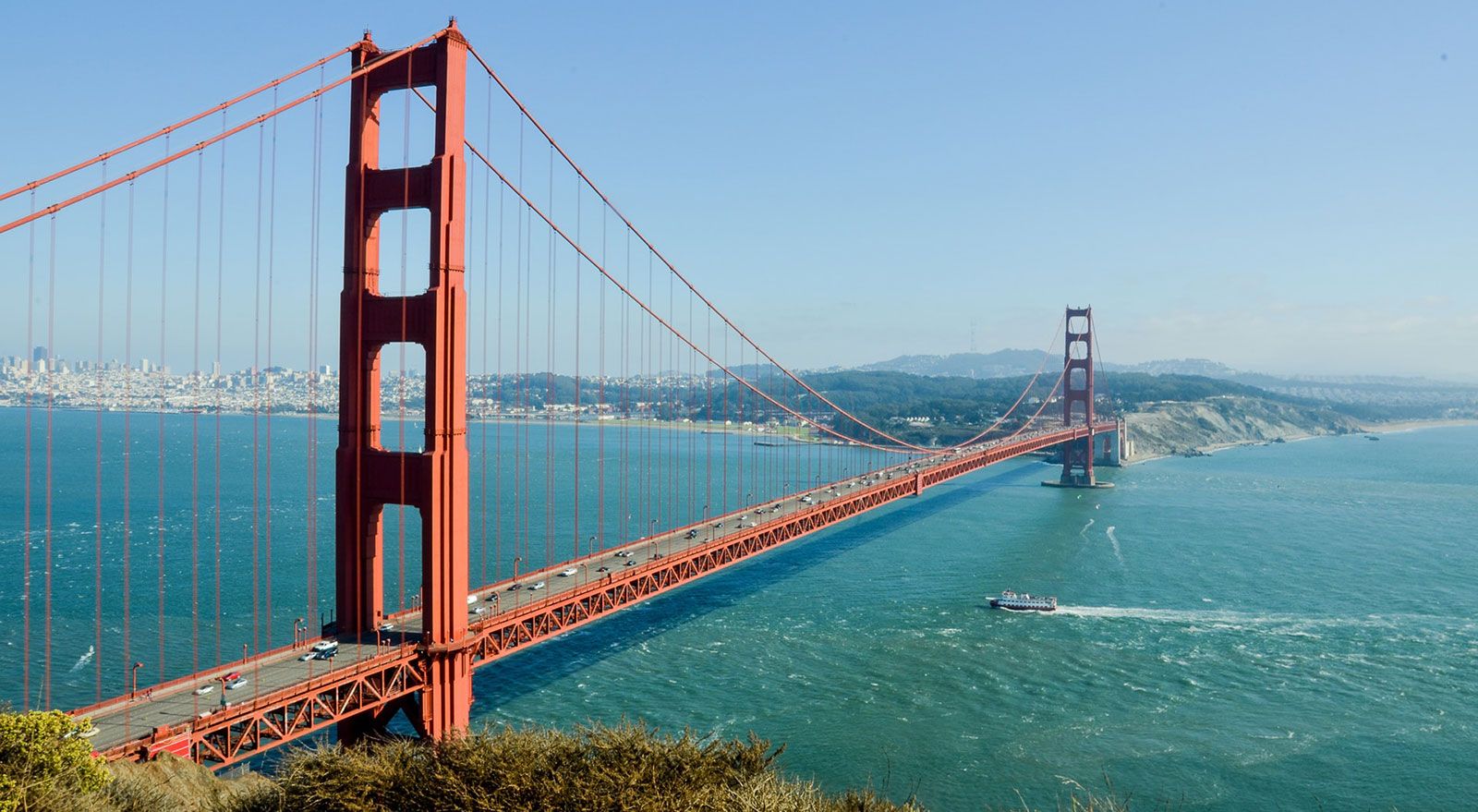Greenland is the world’s largest island, located between the Arctic and Atlantic oceans, east of the Canadian Arctic Archipelago. It is an autonomous territory within the Kingdom of Denmark.
Here are five things to know about this autonomous territory located between the North Atlantic and Arctic oceans.
Ice-covered land
It has three quarters bordering the Arctic Ocean and is 85 percent covered in ice.
Greenland was a Danish colony until 1953, when it became part of the Danish Realm. In 1979, it gained “autonomous territory” status. The island’s economy depends on subsidies from Copenhagen.
90 percent of its 55,000 inhabitants are Inuit, an indigenous group from Central Asia.

Photo: Minik Rosing
Greenland’s rich soil
Greenland’s ice melt strangely has a silver lining.
The melting glaciers unveil mineral-rich rock flour that could be used, for example, as fertilizers for dry soils in Africa and South America. The grey mud of Greenland—glacier flour–contains quarts, feldspar, and mica. The minerals are crushed to a powder, so fine that it has an incredibly large surface area. This reacts with water, roots, and micro-organisms in the soil.
Food security is a major issue in many tropical nations, with climate instability leading to poor growing conditions and catastrophic food shortages.
Greenland’s subsoil is also rich in rubies and uranium which could attract foreign investment.

Photo: Denis Felikson/University of Texas
At the heart of global warming
Sea level rise is one of the most severe consequences of climate change from human activities, with potentially major impacts on coastal societies. This massive territory is on the front line of melting Arctic ice in a region that is warming twice as fast as the rest of the planet.
A majority of Greenland’s ice sheet is experiencing above-freezing temperatures this week, which could cause record melting and raise global sea levels.
According to the World Meteorological Organization, Greenland’s ocean levels continue to rise by about 3.3 millimetres per year. One of Greenland’s glaciers is losing five billion tonnes of ice a year to the ocean, according to researchers.
Sea levels have increased by 25 to 30 percent faster between 2004 and 2015, compared with the 1993-2004 period.
Ongoing heatwave in #Greenland – 31st July biggest melt day so far – 56% of the #icesheet had at least 1mm of melt at surface and more than 10 billion tonnes of ice was lost to the ocean by surface melt alone
Another big melt day expected todayhttps://t.co/Ftg0fkkwJc pic.twitter.com/Orwdsyesnm
— Greenland (@greenlandicesmb) August 1, 2019
The melting of the Greenland Ice Sheet accounts for 25 percent of this rise, up from five percent 20 years ago. And this is likely to increase as glaciers and ice caps melt.
the Danish Meteorological Institute, told CNN that 2019’s melt started earlier than expected
Greenland’s 2.4 million-year-old ice sheet covers most of the island and would raise global ocean level by seven meters if it disappears completely Greenland’s ice sheet was to disappear completely.
The melting begins to wake up trapped microbes in the ice for tens of thousands of years, releasing ancient C02, and could potentially infect humans with deadly diseases.
Global powers interest
Since World War II, Greenland has been extremely important to US defense when it has a base for monitoring Nazi ships and submarines passing through the Arctic on their way to the North Atlantic.
In 1943, the US Air Force built its farthest-north airbase, crucial during the Cold War as the first line of monitoring against a potential Russian attack.
Today, the base is part of a NATO mission, operating satellite monitoring and strategic missile detection systems.
As the polar ice sheet melts, other global power nations like Russia and China show interest as opening up potentially new polar shipping routes.
China’s massive commercial shipping industry would benefit from the new polar routes.
China began sending scientific missions to Greenland and a Chinese government-backed group also offered to build three new international airports in Greenland.
Previous US interest
Lately, Trump wanted to buy Greenland, but this is not the first time the US express interest.
President Harry S. Truman also offered to buy the island for $100 million in gold, or parts of Alaska, in exchange for Greenland.
In 1916, Washington purchased from the Scandinavian country the Danish West Indies for $25 million in gold, which then became the US Virgin Islands.
Want to learn more about sustainable travel? Check our other posts.







